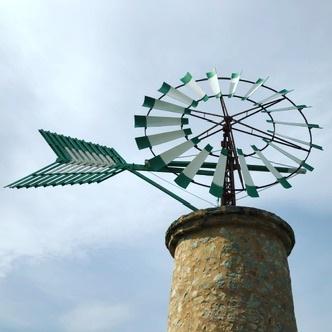How do Mallorca’s Romance languages compare to those spoken in other Balearic Islands?
Similar Topics
mallorquí language
balearic islands
romance languages
catalan dialects
menorquí variant
eivissenc dialect
linguistic diversity
catalan heritage
Mallorca, the largest of the Balearic Islands, shares its Romance language heritage with its neighbors, Ibiza and Menorca. The primary language spoken in Mallorca is a variant of Catalan known as Mallorquí, which is part of the broader Balearic dialect group within the Catalan language. This dialect is characterized by subtle differences in pronunciation, vocabulary, and intonation that distinguish it from the Catalan spoken on the mainland as well as from the dialects on other Balearic islands. Despite these variations, Mallorquí maintains mutual intelligibility with both the Catalan of the mainland and the dialects on Ibiza and Menorca.
In comparison, the other Balearic Islands also speak their own distinct dialects of Catalan: on Menorca, the variant known as Menorquí is prevalent, while in Ibiza, the form spoken is called Eivissenc. These dialects reflect the islands' unique historical and cultural developments. Menorquí, for example, exhibits some influence from neighboring languages due to historical contacts but remains close to the Mallorquí variant in its grammatical structure and lexicon. Eivissenc, on the other hand, carries certain distinctive phonetic traits and vocabulary that set it apart within the Balearic group, reflecting the island's seafaring heritage and connections.
While all three islands share Catalan roots, the Romance languages there have evolved in ways that highlight their individual identities. Local pride in their dialects often runs strong, which enhances the linguistic diversity of the Balearics as a whole. Nevertheless, Spanish is also widely spoken across all the islands, serving as a lingua franca for visitors and residents alike. This bilingualism means that, while the Romance dialects are integral to cultural identity and daily life, communication remains accessible to all through Spanish. For travelers, experiencing these subtle linguistic distinctions adds an enriching layer to exploring the Balearic Islands, underscoring their rich regional heritage within the broader Catalan-speaking world.
In comparison, the other Balearic Islands also speak their own distinct dialects of Catalan: on Menorca, the variant known as Menorquí is prevalent, while in Ibiza, the form spoken is called Eivissenc. These dialects reflect the islands' unique historical and cultural developments. Menorquí, for example, exhibits some influence from neighboring languages due to historical contacts but remains close to the Mallorquí variant in its grammatical structure and lexicon. Eivissenc, on the other hand, carries certain distinctive phonetic traits and vocabulary that set it apart within the Balearic group, reflecting the island's seafaring heritage and connections.
While all three islands share Catalan roots, the Romance languages there have evolved in ways that highlight their individual identities. Local pride in their dialects often runs strong, which enhances the linguistic diversity of the Balearics as a whole. Nevertheless, Spanish is also widely spoken across all the islands, serving as a lingua franca for visitors and residents alike. This bilingualism means that, while the Romance dialects are integral to cultural identity and daily life, communication remains accessible to all through Spanish. For travelers, experiencing these subtle linguistic distinctions adds an enriching layer to exploring the Balearic Islands, underscoring their rich regional heritage within the broader Catalan-speaking world.
🧩 Related Questions
Related Question
How do traditional architectural features in Mallorca reflect local environmental knowledge?
Related Question
What types of local products are typically showcased during Mallorca’s agricultural festivals?
Related Question
What were the long-term economic consequences for Mallorca due to repeated pirate raids?
